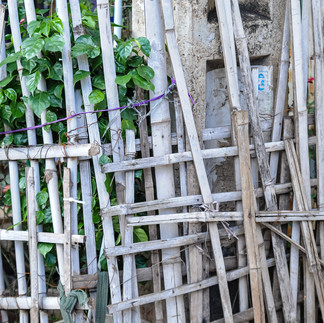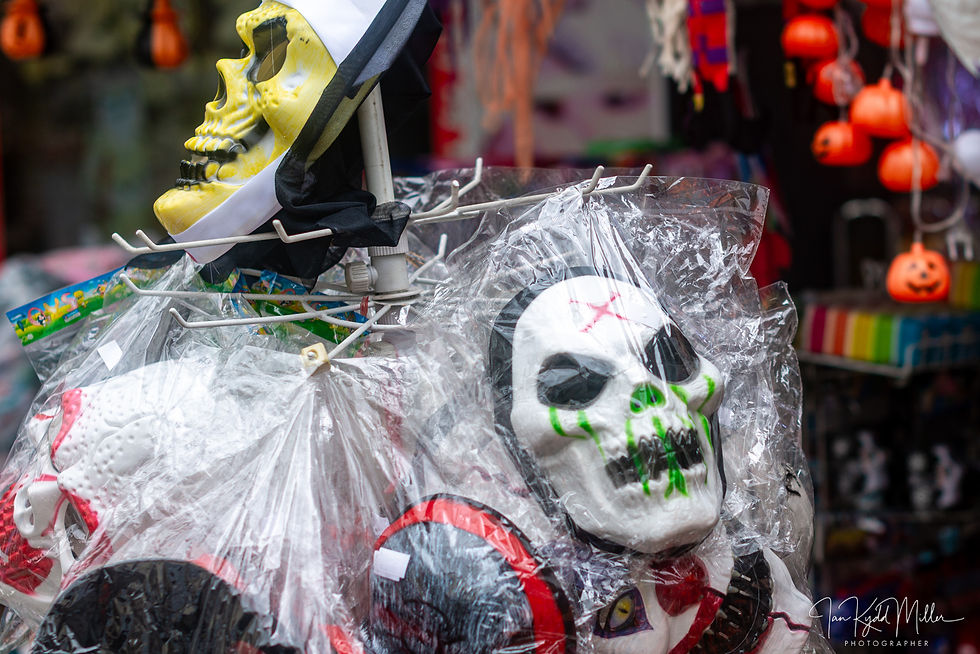Street Photography at a Distance: The Quiet Power of Telephoto Lenses
- Ian Miller

- Aug 9
- 2 min read
On Compression, Discretion, and the Ethics of Seeing
Street photography has long been associated with wide primes—35mm, 50mm, sometimes even 28mm. The logic is clear: proximity breeds intimacy, and intimacy reveals truth. But what happens when we step back? What if distance isn’t detachment, but a different kind of presence?
Enter the telephoto lens—a tool often dismissed in street circles, yet capable of surprising grace.

📏 Rethinking Distance
Telephoto lenses (85mm–200mm) allow you to observe without intruding
They offer compression, bringing background and subject into poetic tension
They create layers, isolating gestures within the chaos of the street
This isn’t voyeurism—it’s respectful witnessing, when used with care.
🧘 Presence Without Proximity
Using a telephoto lens doesn’t mean abandoning presence. It means choosing a different kind of rhythm:
Waiting longer
Watching more
Composing deliberately
You’re not chasing moments—you’re inviting them to unfold.

🎯 Advantages of Telephoto Street Work
Discretion: You stay invisible, allowing subjects to remain unguarded
Isolation: You can extract a single gesture from a crowded scene
Perspective: Compression adds emotional weight, especially in urban environments
Safety and ethics: In sensitive contexts, distance can be a form of respect
For documenting resilience or quiet struggle, this lens can be a gentle ally.
⚠️ The Ethical Edge
But there’s a tension here.
Telephoto lenses can foster emotional detachment if used carelessly
They risk turning people into subjects, not participants
They can feel predatory, especially when used to “snatch” moments without consent
So the question isn’t just technical—it’s philosophical.
🛠️ When to Use Telephoto in Street Work
Markets and crowded spaces: To isolate without disrupting
Border zones or sensitive areas: To witness without imposing
Architectural juxtapositions: To compress space and reveal tension
Moments of solitude: To frame a single figure against the city’s vastness
It’s not about hiding. It’s about listening from afar.
✍️ Closing Thought
Street photography isn’t defined by focal length. It’s defined by intent.
A telephoto lens won’t give you intimacy. But it can give you clarity, respect, and a new way to see.
Because sometimes, stepping back is the most honest way to move forward.
















Comments